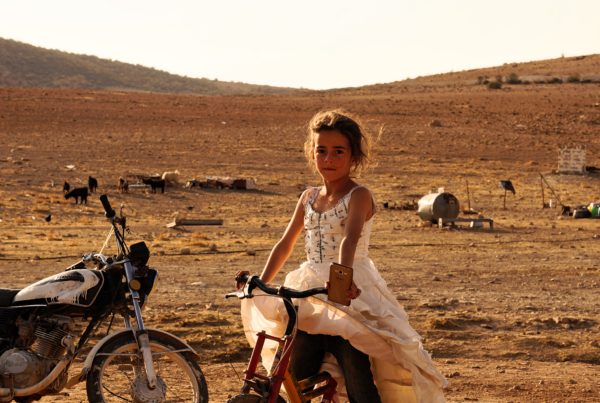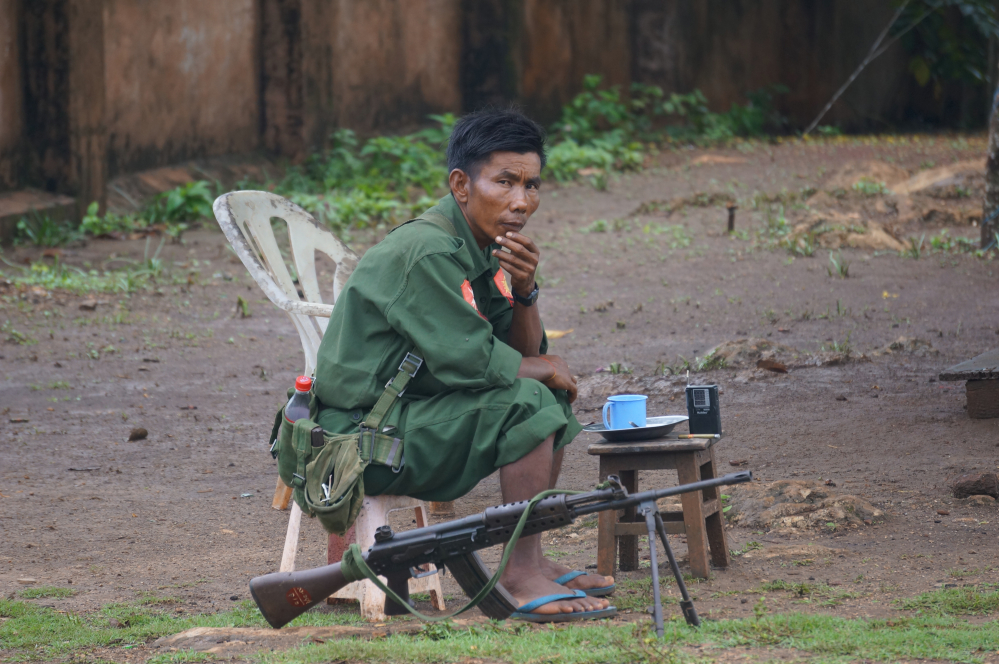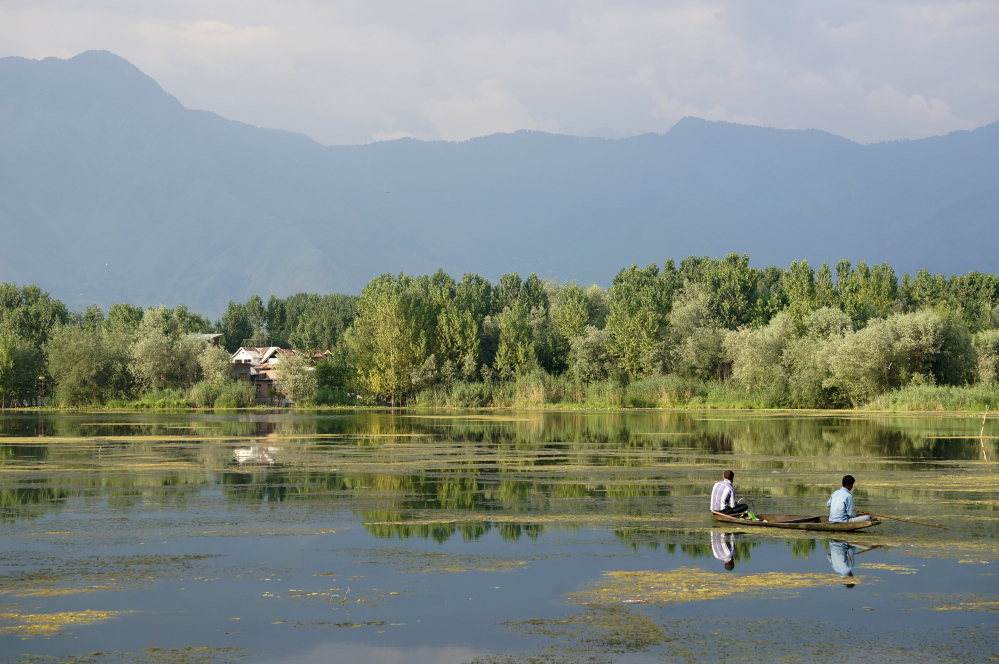I am taken on the back of a motorbike by Mr Mai to a red-earth Ta’ang village called Numchang. It is a 20-minute ride outside of Lashio on muddy roads. The landscape is a rich green and red. The houses are made in the traditional style I have seen throughout Burma and Thailand. The foundations are made from bamboo posts and the walls are thatched bamboo. The roofs are made from palm leaves or grass. They are built on stilts so the cattle can live underneath. Some of the houses have modern alterations like corrugated-iron roofs and there are modern buildings in the village built from brick and cement. As we walk through the village I see men repairing their homes. Mr Mai tells me that the upkeep of traditional homes is laborious and time-consuming needing constant maintenance to fix decaying foundations and roofs.
“Whole families live in the houses, from grandfather to grandchildren, governed by a patriarchal system with the eldest man the head of house,” Mr Mai says.
The “longhouse” is one big room that hosts several families at a time. Each family has a separate cooking fire in the same longhouse. In each house there is a small window for lovers to meet where they can hold hands and “speak romance” as Mr Mai calls it. How coitus is enacted in such quarters is hard to fathom. Otherwise, there are no windows and the houses are very dark inside. Mr Mai tells me this is a custom of preventing light escaping at night which could alert your whereabouts to potential enemies. Living in darkness, the people used to develop good night vision. Villages used to be built on hillsides near high peaks. If enemies were seen, the villagers would light a stack of wood on the top of the hill to warn the villages in the area of danger. The height of the stack and the fire indicated the number of the enemy dictating if the next village should run or fight. These days houses are lit by electricity and families are entertained by television.
The people are farmers of rice and corn and other produce. The children have beautiful smooth skin but their parents’ skin is weathered and lined. Farmers can be seen walking out into the fields with their conical hats which are iconic throughout south-east Asia. When they leave the house they take a cow bell so those who remain at home can hear them returning. They store dried food for the rainy season. They use traditional tools handmade from bamboo, such as bows and arrows and crossbows, to kill rabbits. Items in the house such as bowls are made out of the shells of fruit and chairs and tables are made from bamboo. The women hand weave their clothing, although the patterns are not intricate or artistic. Most of the women wear their traditional clothing; a long dress, a conical hat, a waistcoat banded by coils of metal and a silver belt of thin metal, sometimes designed with flowers. Their hands are decorated with thick, cumbersome silver bracelets. The waistcoats can be decorated with silver coins. I am told the silver-smithing is not a commerical enterprise here, that people only have enough for their own use. The belts cost 200,000 Kyat (A$230) so to produce more than what you need is a great expense. Other villages with richer people do sell silver products for commercial gain. Children wear a bell around their ankle, because, Mr Mai tells me, in history a child was mistaken for a tiger at night and killed.


